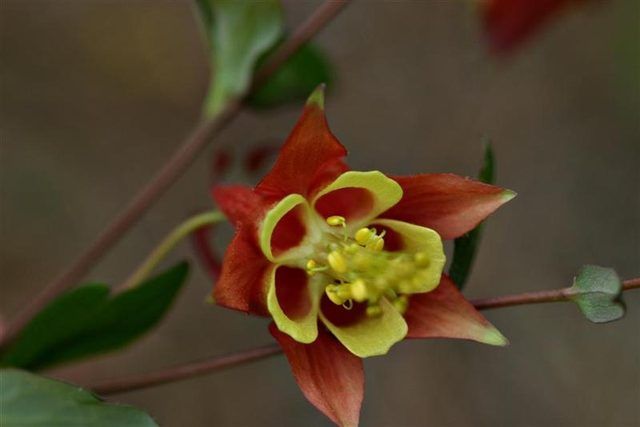Bulbs
Flower Basics
Flower Beds & Specialty Gardens
Flower Garden
Garden Furniture
Garden Gnomes
Garden Seeds
Garden Sheds
Garden Statues
Garden Tools & Supplies
Gardening Basics
Green & Organic
Groundcovers & Vines
Growing Annuals
Growing Basil
Growing Beans
Growing Berries
Growing Blueberries
Growing Cactus
Growing Corn
Growing Cotton
Growing Edibles
Growing Flowers
Growing Garlic
Growing Grapes
Growing Grass
Growing Herbs
Growing Jasmine
Growing Mint
Growing Mushrooms
Orchids
Growing Peanuts
Growing Perennials
Growing Plants
Growing Rosemary
Growing Roses
Growing Strawberries
Growing Sunflowers
Growing Thyme
Growing Tomatoes
Growing Tulips
Growing Vegetables
Herb Basics
Herb Garden
Indoor Growing
Landscaping Basics
Landscaping Patios
Landscaping Plants
Landscaping Shrubs
Landscaping Trees
Landscaping Walks & Pathways
Lawn Basics
Lawn Maintenance
Lawn Mowers
Lawn Ornaments
Lawn Planting
Lawn Tools
Outdoor Growing
Overall Landscape Planning
Pests, Weeds & Problems
Plant Basics
Rock Garden
Rose Garden
Shrubs
Soil
Specialty Gardens
Trees
Vegetable Garden
Yard Maintenance
How to Grow Columbine
How to Grow Columbine. Columbine’s carefree manner makes it an excellent choice for the garden, especially for those who like an informal garden. Hummingbirds love columbine, making this a good addition to any bird-lover’s garden. Columbine blooms in late spring to early summer and has a long bloom season. The leaves are comprised of...

Columbineís carefree manner makes it an excellent choice for the garden, especially for those who like an informal garden. Hummingbirds love columbine, making this a good addition to any bird-loverís garden. Columbine blooms in late spring to early summer and has a long bloom season. The leaves are comprised of three lobes and form clusters that offset the blossoms, which droop from gracefully arching stems. The flowers are usually bi-colored and come in a wide variety of color combinations. Columbine grows 2 to 3 feet tall and about 18-inches wide. Columbine is a hardy, easy to grow plant that is susceptible only to leaf miners. Leaf miners leave trace work trails on the leaves, which do not hurt the plant.
Things You'll Need
Columbine seeds or potted plants
Rake
Trowel or spade
Watering can or hose
Start Columbine by Seed
Loosen the soil with a rake.
Sprinkle seeds where they are wanted.
Lightly cover and water.
Keep moist.
Thin the seedlings to a distance of 12 to 18 inches apart, once seedlings emerge and are hardy.
Transplant Potted Columbine
Dig a hole deep enough to bury the root ball.
Remove plant from pot. Separate and spread out roots carefully.
Place plant in the hole. Gently pack the soil around the plant.
Water the plant thoroughly. Water regularly until the plant is established.
General Requirements
Know your Zone. Columbine is a hardy perennial (perennial means it comes up every year from the same rootstock) and can survive in temperatures as low as -30? to -40?F (USDA Hardiness Zone 3).
Avoid warmer temperatures. Columbine does not do well in warmer zones. The warmest zone in which columbine will grow well is Zone 8, where temperatures still dip below freezing in the winter.
Keep columbine in fertile well-drained soil in full sun or partial shade. Full sun is best in cooler climates and partial shade is better for hot climates.
Tips & Warnings
Columbine self-seeds easily. If you do not want unexpected plants or plants that are different from the original, be sure to deadhead the plants before they go to seed.
To extend the blooming season, deadhead the plants to encourage new blossoms.
Columbine is a short-lived perennial and lasts only 3 to 4 years. As a result, it should not be necessary to thin or divide the plant.
If you do not like the look of leaves with leaf miner tracings, remove the infested leaves and completely destroy them to rid yourself of the pest. Fertilize the plant to encourage the growth of new, healthy foliage.